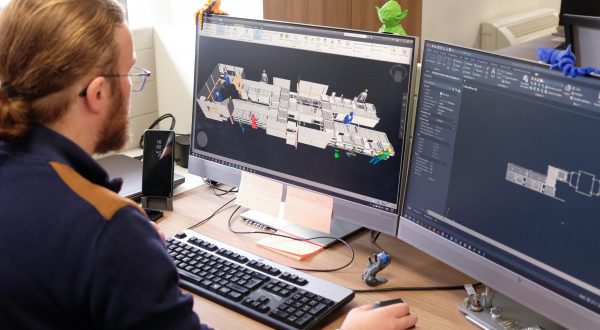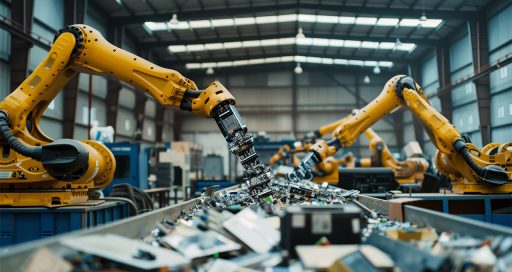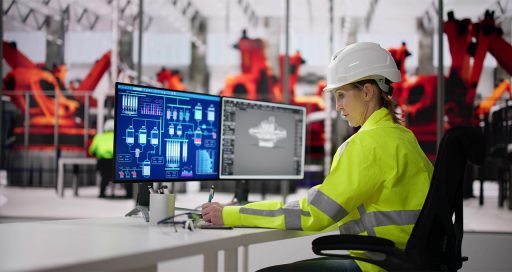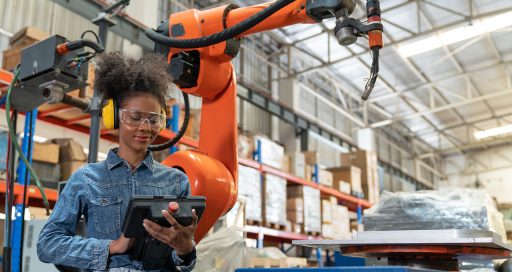Powders for batteries: a complete solution for safe production
Reading time: 3 min
Nanoparticle powders are essential to battery manufacturing, but require extremely safety-focused production processes. Actemium has designed an integrated solution for one of the sector’s major suppliers.

Battery manufacturing requires several raw materials such as lithium, cadmium, nickel and graphite. These constituents are used to coat the anode and cathode through which the chemical reaction occurs to transform chemical energy into electrical energy.
“Handling these nanoparticles requires an extremely safety-focused system because they can readily enter the body.”
The use of nanoparticle powders made from these metals makes it possible to optimise the exchange surface of the two electrodes and hence the battery’s capacity. “On an industrial scale, handling these nanoparticles, which are mostly toxic, requires an extremely safety-focused system,” says Guillaume Lafay, Sales Engineer and Manager at the VINCI Energies business unit Actemium Saint-Etienne Process Solutions (ASEPS), “Because they can readily enter the body via the respiratory tract or through the skin.”
To assure operator safety for one major supplier of these powders in Europe, while also ensuring optimal quality, ASEPS developed a special solution for collecting, transferring, measuring out and conditioning these materials.
Extremely tough technical constraints
The process of producing these powders starts with an atomising reactor that reduces the constituents to nanoparticle size. The ASEPS solution comes into play at the exit from this reactor. “Essentially, these powders have to be transferred into a dosing system, then conditioned and hermetically sealed before passing into a decontamination chamber. This vacuum and inert gas process entails extremely tough technical constraints,” explains Guillaume Lafay.
The system designed by ASEPS makes it possible to manage the entire process, ensuring design, construction, installation and commissioning, from the reactor to the dosing station.
“We ran testing and qualification phases to enable testing of new equipment, such as a micro-dosing system we designed in-house, the complexity of which lay in managing the flow of these nanoparticle powders, which is completely different from that of larger-sized powders,” adds the Actemium manager.
Leak detection
The VINCI Energies business unit also innovated on the pneumatic system that transfers powders between the reactor and dosing system. “There too, we had to adapt to the specific nature of these nanoparticles, especially with regard to wear and tear on the duct walls, identifying possible accumulation points, and detecting any leaks in the installation.”
With a view to future applications of its solution to larger volumes, ASEPS intends to implement a closed-circuit system for the gases (nitrogen and argon) used to inert the powder transfer. “This would allow us to reduce the quantities of gas used,” says Guillaume Lafay, whose company is now working at the other end of the chain, rolling out its solution for a battery manufacturer.
11/02/2021





